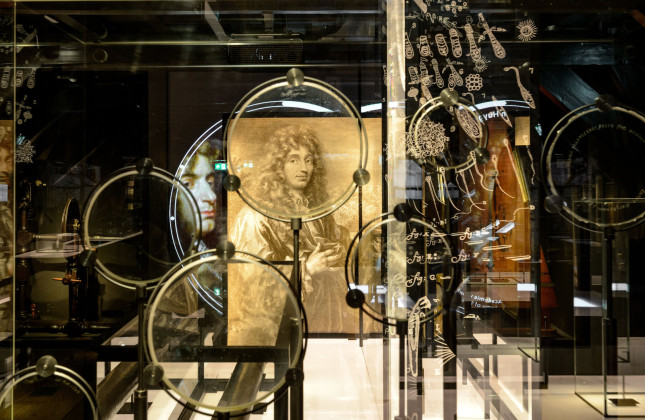Christiaan Huygens was a 17th-century Dutch scientist who revolutionized the fields of optics, mechanics, time measurement and astronomy. For example, he invented the pendulum clock, developed the wave theory of light, discovered the Saturn moon Titan and described the true nature of Saturn's rings. His telescopes and lenses are known for their excellent quality for the time, yet they could not achieve the same sharpness as those of his competitors.
The new study, published in the journal Notes and Records: the Royal Society Journal of the History of Science, takes an unusual look at Huygens' work and suggests that the lack of sharpness in his lenses was caused by a defect in his eyesight. The scientist may have had myopia (nearsightedness), a condition that makes distant objects appear blurry.
Alex Pietrow is a postdoctoral researcher at AIP in the Department of Solar Physics, as well as a lover of science history. He examined the rules and equations Huygens drew up for designing telescopes, and found that they fell short of modern optical principles. Huygens' approach to making lenses was experimental and relied on trial and error, meaning he tested combinations of different lenses and eyepieces to find the best working telescope. Once he did that, he made tables and equations, which he then used to build telescopes with the desired magnification.
However, the telescopes Huygens designed using these equations fell short of the theoretical optimum. For example, the first director of the Leiden Observatory Frederik Kaiser argued in 1846 that Huygens made impeccable lenses, but that his telescopes had a noticeably lower resolving power than other telescopes.
The new study suggests that Huygens' eyesight may have been the reason. The difference between his equations and modern optics would have been resolved with glasses with -1.5 diopters. "This is probably the first posthumous spectacle prescription ever, and that for someone who lived 330 years ago," says Alex Pietrow. Huygens' myopia was mild enough not to cause problems in everyday life in the 17th century and thus went unnoticed. A person with this visual abnormality can read fine at small distances, but has difficulty deciphering letters that are far away. This is problematic in the modern world, for example when driving a car, but 300 years ago this would not have been a problem. Even if Huygens was aware of the shortcomings of his eyesight, he would not have needed glasses.
Pietrow continues: "My theory is that Huygens did not need glasses in everyday life like his father, and therefore this did not play a role in making telescopes. So he probably unconsciously included this eye defect in his designs. These findings shed new light on the work of Christiaan Huygens and suggest that the person who builds a telescope is as important as his tools."
